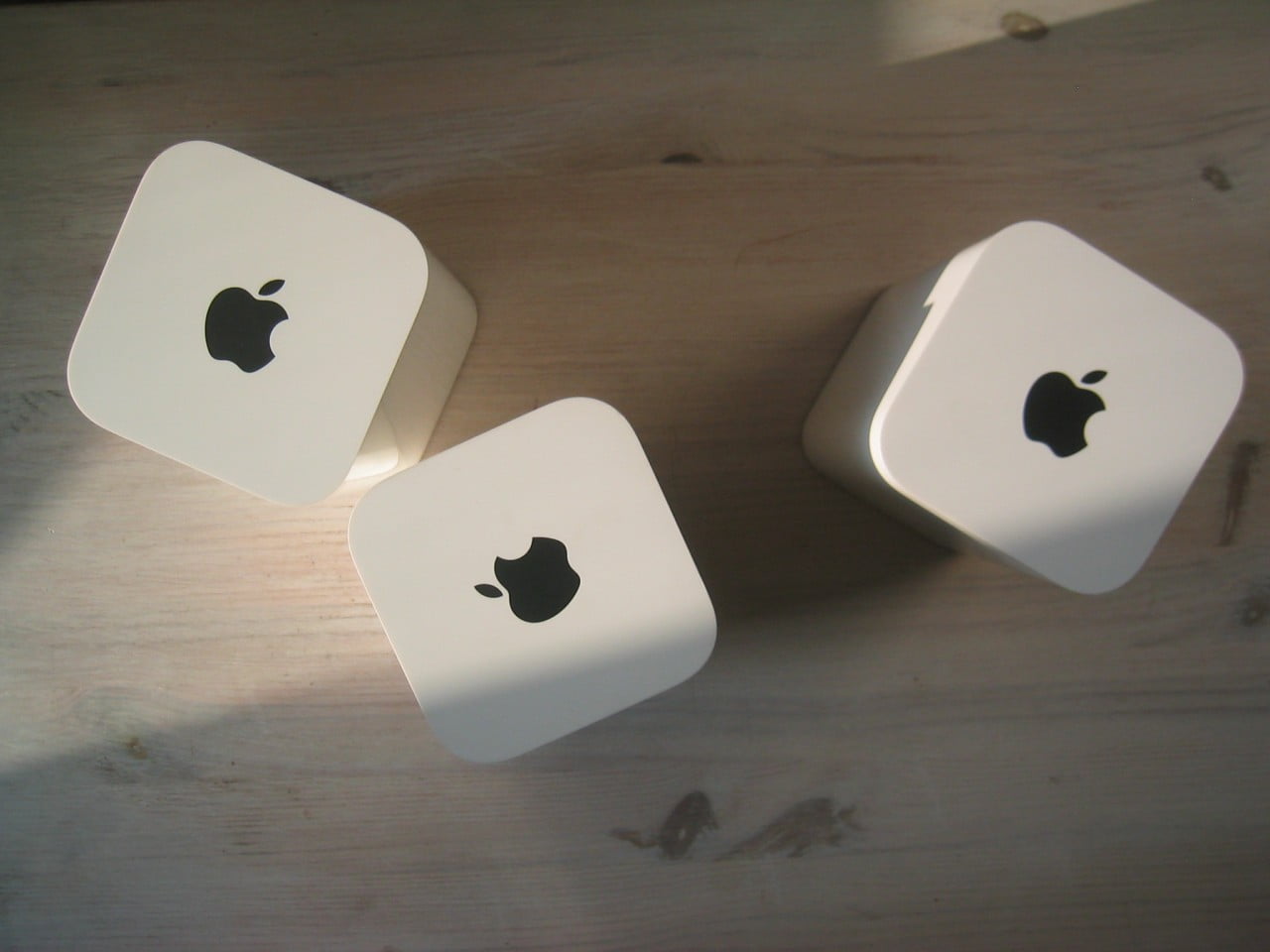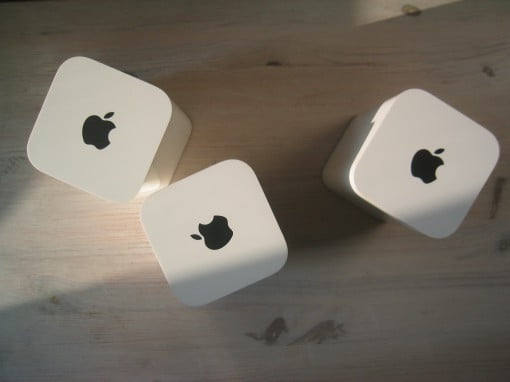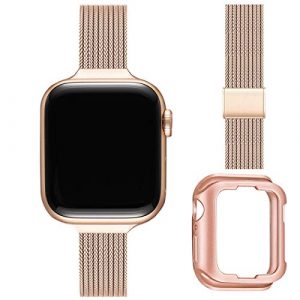Apple decided to discontinue the AirPort router series. It’s a pity, because the devices have their place in many households.
Apple has decided to not produce routers anymore. We think that’s a pity. After all, the devices were among those who could go through a year without having to reboot.
The AirPorts are relentless in their operational stability
The AirPorts were never really functional masterminds, but they were always behind Apple’s corporate philosophy: What they can do, they have to master excellent and the function must also be understood by everyone. And that is exactly the case. Of course, users looking for a powerful router with countless options would look elsewhere, but the use of AirPorts was different.
The series was intended for two target groups: users who simply want to have Wifi and do not care about the standard or frequency. The knowledge is usually limited to “That thing emits radio waves.” and that is not to blame anyone. Finally, I do not ask every bun how it is put together. The second group are the people who are technically very knowledgeable and who have used AirPort Extremes simply because, in addition to the other other devices they are experimenting with, they simply needed one that was extremely stable in their service.
Therefore, the AirPort is usually found in three applications: As a wireless router behind a modem, as repeater two rooms further or connected to the cable as an additional access point. And what is noticeable? Right, the AirPort does one thing really well: distribute the network over Wifi. It works so stable that you almost never have to restart the devices.
The AirPorts have such a reputation that many people have even shopped the other way round: They did not buy a router and then the AirPort, but googled which modem fits the AirPort so they could use the Apple device. As a router, for example, we use a DrayTek Vigor 2760, which can do just about anything, but for the radio we depend on the AirPort.
The small parts of the ecosystem are eliminated.
The benefit for Apple users was that they usually just buy a new part for their ecosystem from Apple and know that it may be a bit more expensive than from another manufacturer, but the device just works. Now Apple may not have earned much on the routers, but anyone who has ever been annoyed about poor Wifi knows that a good router has a big impact on the mood. That is why it is a pity that the most stable devices leave the market.
Also, the configuration via Mac and the AirPort Utility was exemplary: the AirPort was with proper configuration even on the go easy to reach, a connected hard drive lightning fast in the network and a guest network needed only a few clicks. A powerful addition to the other Apple devices.
The alternatives may be better but are also more complex.
Since the introduction of the AirPort Extreme, technology has evolved in the meantime. However, this bumps the already mentioned users, who only know that a router “emits radio waves”, back into the market outside of Apple. Apple even put tips on the web . Unfortunately, for many people this is exactly what they wanted to avoid, namely the relapse from usability to the technical level. Instead of saying “I’m buying a router from Apple.” It has to be called “I need a router with IEEE 802.11ac, dual band, WPA2 and ideally MU-MIMO – if it has MESH too, great, but it has to be stable.” Fun for techies, for all the others again a reason to turn to techies. 😉
Everything was better in the old days! Even the future!
Is everything going down the drain now? As so often: certainly not. It is a pity that Apple is thinning its own ecosystem rather than participating in technical development and increasing customer loyalty, but there we are powerless.
Let’s look for alternatives. And there is a lot there. For example, the devices from Ubiquiti, founded by Robert Pera, who himself was responsible for the AirPort series at Apple. So there is no shortage of alternatives, and maybe opening your horizons and discovering what other people have developed is good too.





